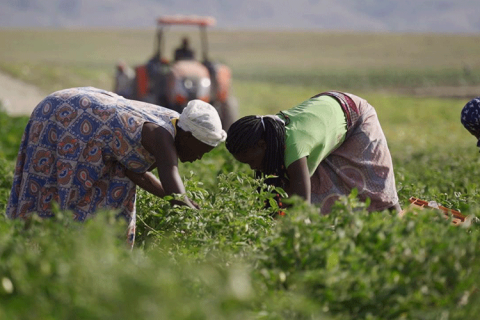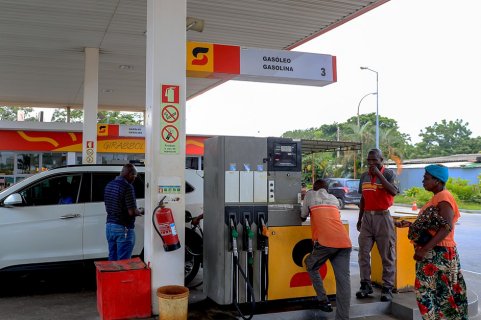According to a report on debt issuance in emerging markets, sent to investors and to which Lusa had access, Angola should have a commercial debt volume of 50.9 billion dollars by the end of this year, a slight increase on the 49.5 billion dollars at the end of last year.
The report only accounts for commercial debt, either through the issue of debt securities, and does not include bilateral loans, thus leaving out, for example, loans from China or the International Monetary Fund's financial support programme of 3.7 billion dollars.
"In total, the countries of the 53 emerging markets analysed by S&P will represent 5.8 percent of the total debt issued in 2020, with the majority (46 percent) being concentrated in Central and Eastern Europe and the Commonwealth of Independent States, followed by the Middle East and North Africa (34 percent) and sub-Saharan Africa (20 percent)," reads the document, which estimates that Angola and Egypt are the countries that will most renegotiate the debt.
"We estimate that Angola and Egypt will face the highest ratio of renegotiated debt, including short-term debt, with 75 per cent and 33 per cent of total debt to GDP, respectively," the document points out.
This reflects, they warn, "the dependence of these countries on short-term debt, as well as the high total debt".
In its analysis of sub-Saharan Africa, S&P says that debt issues in South Africa, Angola and Nigeria will account for the majority of this year's debt (80 per cent), with Nigeria accounting for 45 per cent of the debt issued in this region.
For this region, S&P estimates that there will be debt issues worth 94 billion dollars this year, with 25 percent of these issues serving to refinance long-term debt, resulting in new debt worth 70 billion dollars.
"We anticipate that the volume of debt will reach 485 billion dollars, which is an increase on last year of 40 billion dollars, or 9 per cent, and we estimate that Angola, Zambia and Kenya will continue to face the highest 'rolling' debt ratio as a percentage of GDP, at 75 per cent," conclude the analysts.
The issue of 'rolling' debt is essentially characterized by current debt restructuring, where an issuer agrees to pay a higher interest rate in exchange for postponing the loan's maturity, or issues new debt to pay off the current one, a practice that analysts see as dangerous because it perpetuates the debt cycle and sinks the country into this 'trap'.
In the global total, S&P estimates that debt issuance this year will increase by 8.1 trillion dollars, 5 percent more than in 2019, to a total debt of 53 trillion dollars.
"The increase reflects the increased financing needs of the largest issuing countries in a context of more expansive fiscal policies and weaker global economic prospects," commented analyst Karen Vartapetov, quoted in an analysis sent to investors.







